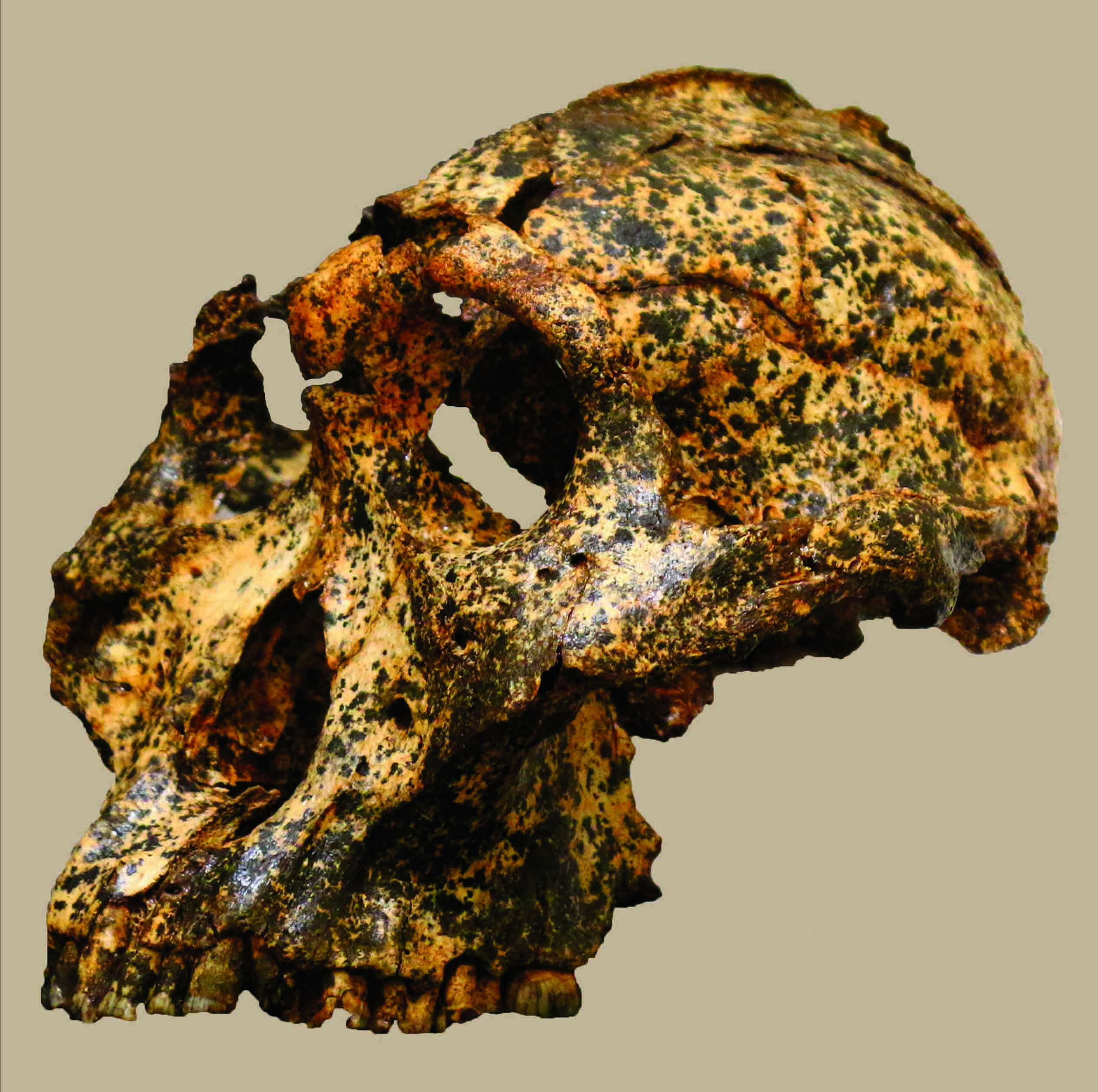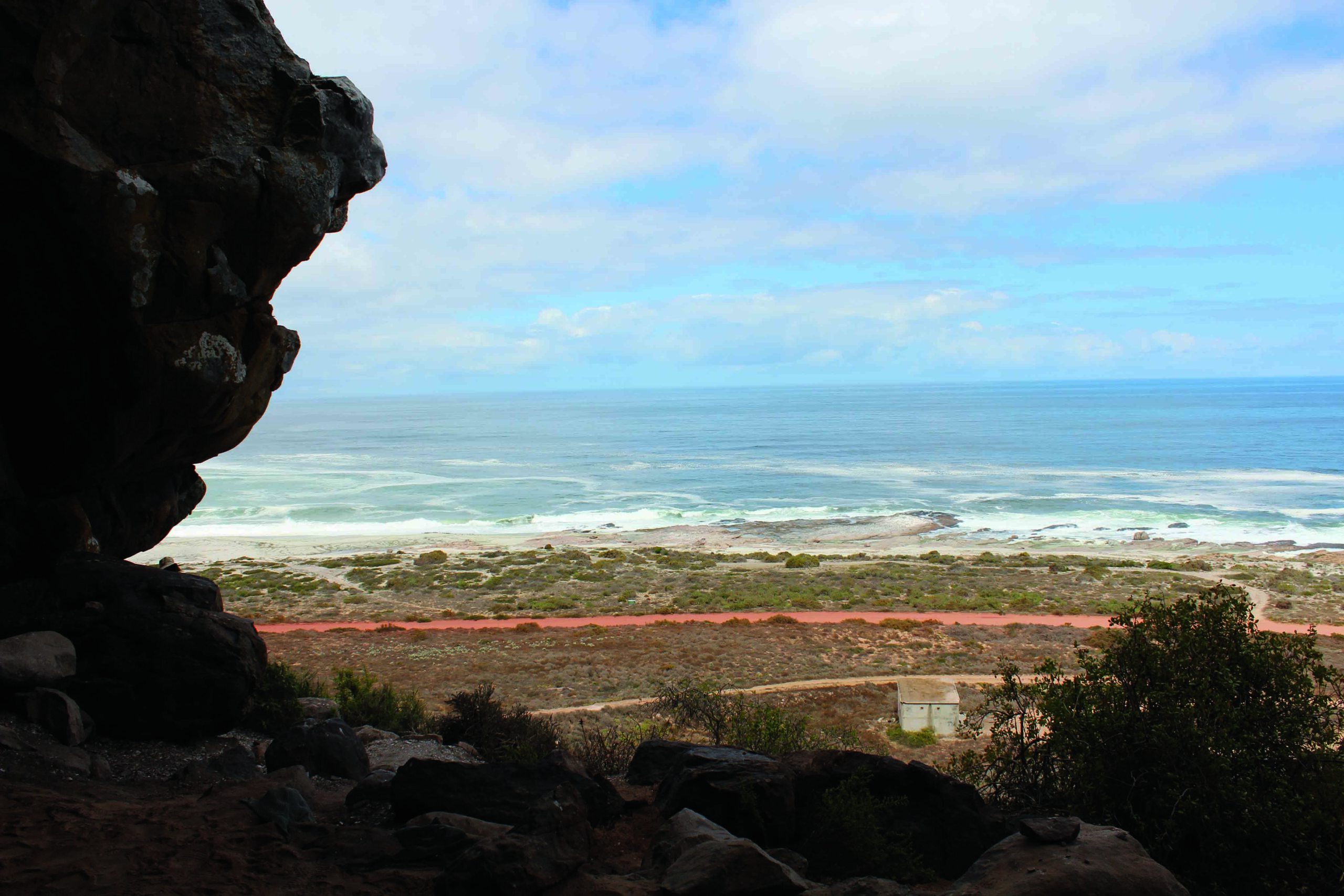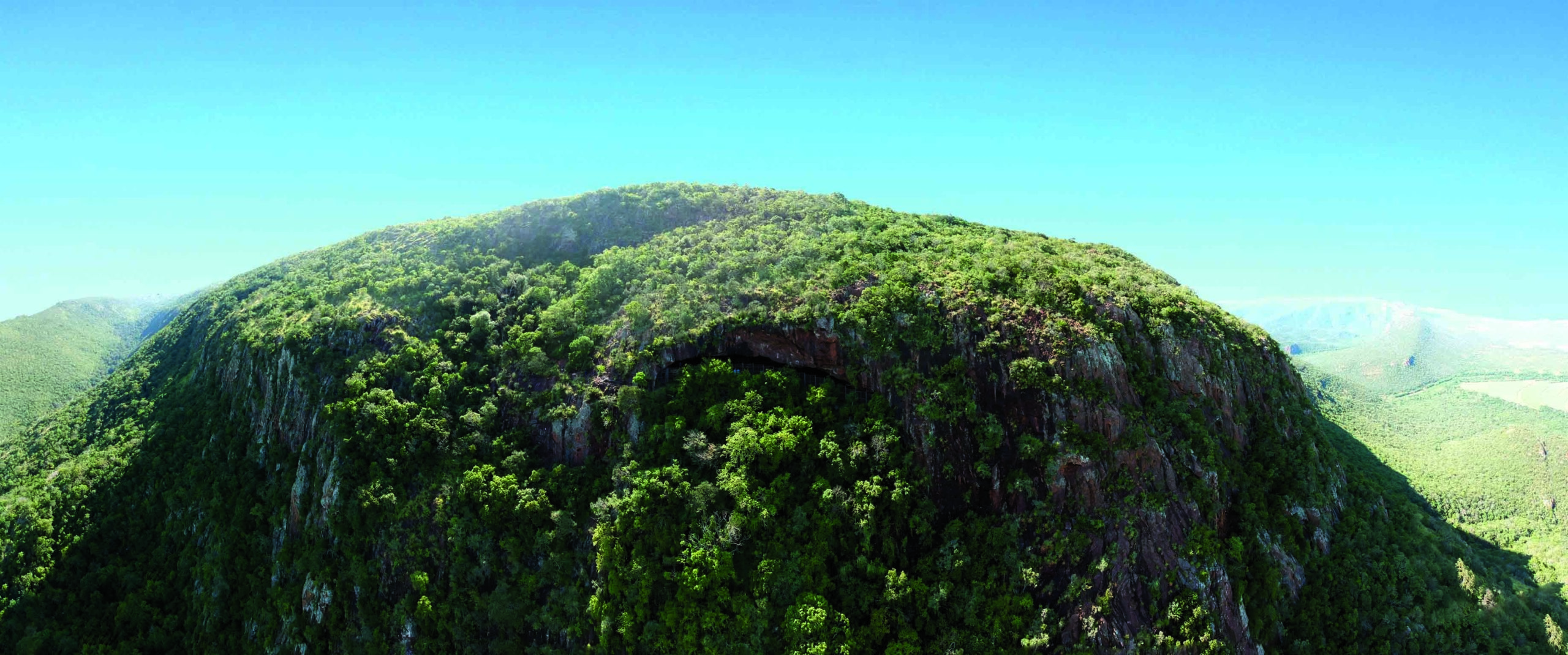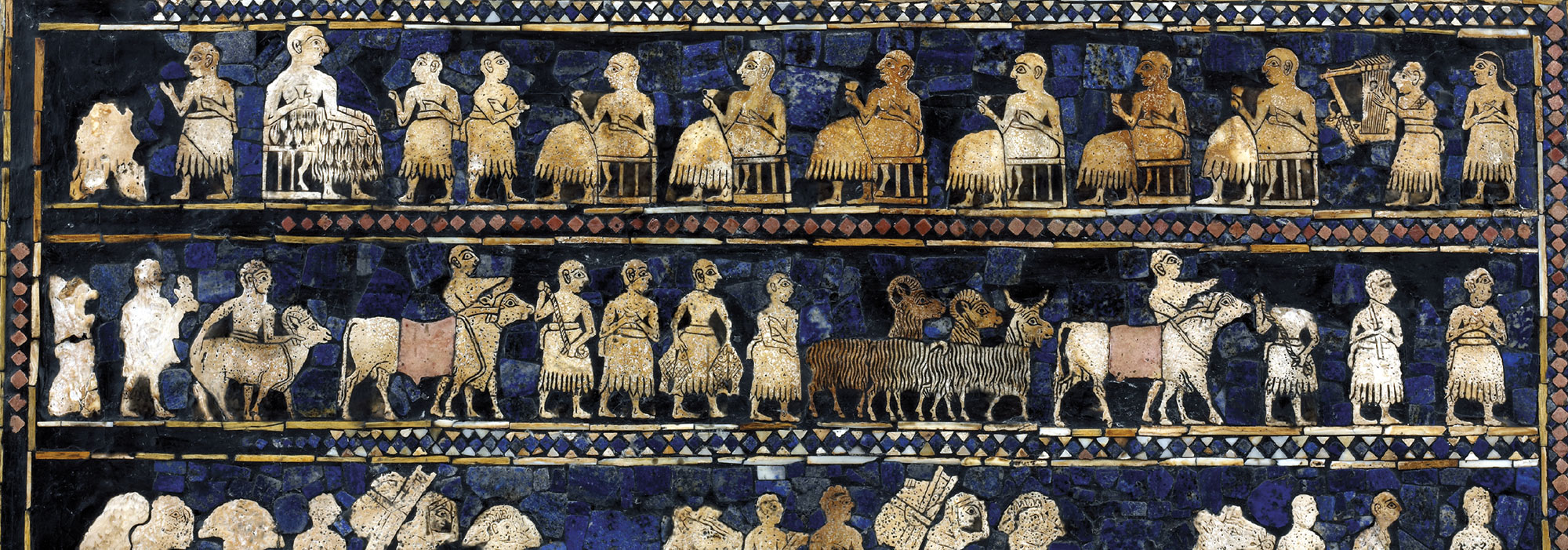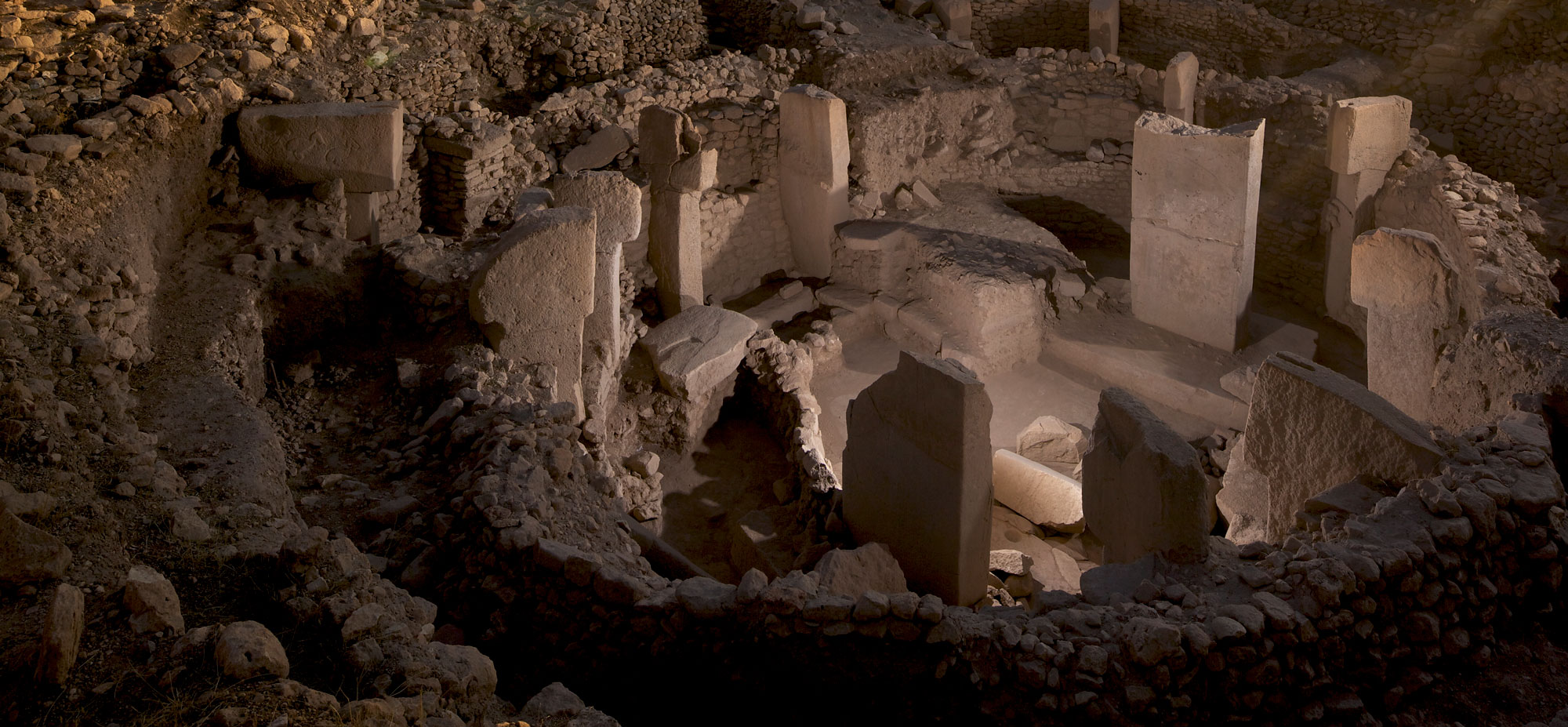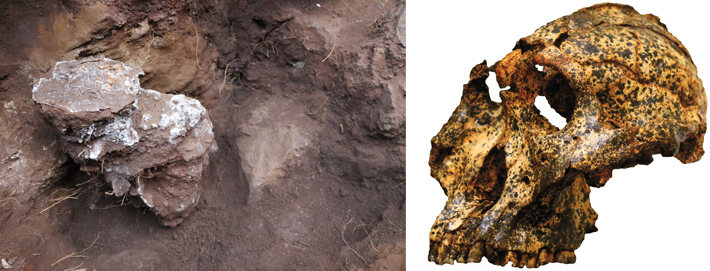
The two-million-year-old skull of a male hominin unearthed in the Drimolen Main Quarry north of Johannesburg has changed how scholars imagine one of our distant human cousins. The skull, dubbed DNH 155, belongs to the earliest known and best-preserved member of the species Paranthropus robustus, a small-brained hominin that lived around the same time as Homo erectus, our direct human ancestor. P. robustus had large, powerful teeth that had evolved to eat tough food such as tubers and bark. The species was thought to have been highly sexually dimorphic, meaning that males and females were drastically different in size and build. Paleoanthropologists had drawn that conclusion because the exclusively female skulls discovered at Drimolen Main Quarry were much smaller than those of male skulls discovered at nearby Swartkrans Cave, which date to 200,000 years later. But the male DNH 155 cranium, while somewhat larger than female skulls at Drimolen Main Quarry, is much smaller than P. robustus skulls from Swartkrans Cave. “DNH 155 is the final nail in the coffin for the sexual dimorphism hypothesis,” says La Trobe University anthropologist Jesse Martin, who co-led the team that discovered and analyzed the skull. The team now believes that the size difference between the P. robustus skulls at Drimolen Main Quarry and Swartkrans Cave resulted from adaptations to a changing environment over the few hundred thousand years that separated them.


